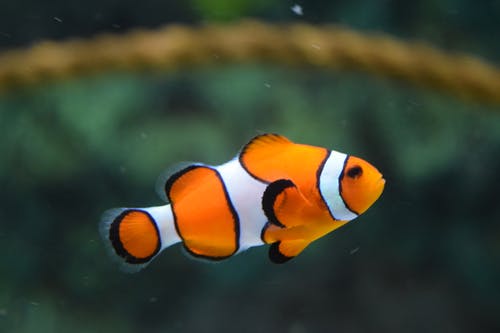
How to Address Pet Injuries and Emergencies
April 21, 2023Pets are naturally curious and lively pets, and they are prone to causing a lot of mischief both inside and outside the house. As a pet owner, you likely wish never to have to deal with an emergency, but it’s important to be prepared.
What Are The Initial Things To Do?
Although veterinary help will be needed in most cases, the people close to being required must know how to help stabilize the animal, relieve any discomfort it may be experiencing, and move it to a secure location to receive help.
Priority Safety
In an emergency, it’s essential to figure out how safe you and your pet are at the time and cut away any chances of getting hurt more. If the animal is traveling, then get it off of the road immediately to prevent it from being injured. In these cases, you shouldn’t put yourself in danger to assist an animal because If you are injured, you’ll be unable to help the animal.
Recovery Position
If your pet remains asleep but breathing, place it on its back with the neck and head stretched out. Then fold up a blanket or a few towels and place them under the shoulder, not the neck, so the chest is higher than the head. This keeps fluids from getting into the lungs through the mouth. Keep the animal warm using blankets and get it to the vet immediately or you may search for “find veterinary orthopedic surgeons near you” for assistance.
Car Accidents
Move the animal to the other side of the road, even if you must drag it there to help it. If the animal doesn’t seem to be awake, it is possible to tell if it’s breathing by watching the chest rise and fall or trying to detect air from the nose. A tissue placed in front of your nose might assist in understanding this more clearly. Be sure that the airway remains open. If the animal doesn’t breathe but is alive, perform CPR or nose-to-mouth resuscitation.
However, you should only practice CPR if you’re trained to perform such a procedure. There is a chance of causing more damage instead of helping your pet. It’s always best to call a veterinary emergency first for specific instructions.
Bleeding and Wounds
Wounds can be cuts and punctures or scrapes, But the method of treating them is similar to how you treat wounds in the case of individuals. When dealing with limb injuries:
- Put pressure on the skin on either side of the wound with your fingers while placing sterile gauze over a large cotton pad. Keep that pressure on the skin to stop bleeding.
- Use a firm bandage to hold it in place, but if the wound keeps bleeding, add another layer of cotton wool without removing the previous one. Continue applying pressure until you add the second layer of wool.
- Use a blanket for an extension device to transport the animal to the veterinarian as quickly as possible while keeping it as quiet and warm as possible.
Trauma
Animals that are shocked may appear weak, have pale gums, breathe quickly and shallowly, exhibit frozen limbs, and shake. An accident, an infection, or a severe illness may trigger shock. Stop bleeding before placing the animal in blankets and ensuring it’s cozy. Keep your pet warm and still, gently calming it by whispering and touching it. Do not give your pet any food, drink, or eat, and then call the vet immediately for advice on bringing the pet to the office.
Airway Obstruction
Animals die when something blocks their airway and make it impossible for them to breathe. Some signs are pawing at the mouth, breathing difficulties or gums and tongues that appear “blue,” and choking sounds. Call Northeast Pennsylvania’s pet care immediately for advice if you can’t get the foreign object out or should it is unsafe to attempt.
Conclusion
During emergencies like these, it is advisable to call for help from a professional when you aren’t sure what to do since you are dealing with life. However, it will significantly help your pet if you know what to do in these unfortunate situations. These easy tips could save your pet’s life. Knowing the right things benefits pets and humans by assisting in the essential life support that is innate to humans.




